What You Need To Know About Laundry Detergents – The 19 Most Dangerous Chemical Ingredients in Modern-Day Laundry Detergents and Their Effects on the Body
The 19 Most Dangerous Chemical Ingredients in Modern-Day Laundry Detergents and Their Effects on the Body
Overview
Laundry detergents have become an indispensable part of our daily lives, helping us keep our clothes clean and fresh. However, behind their apparent simplicity, laundry detergents contain a variety of chemical ingredients that can have implications for human health. In this article, we will explore some common chemical ingredients found in modern-day laundry detergents, discussing their effects on the body and shedding light on potential concerns.
Common Laundry Detergent Toxic Chemical Ingredients
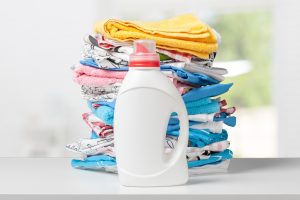
SLS and SLES are surfactants commonly used in laundry detergents due to their ability to create foam and remove dirt and stains effectively. However, these ingredients can have adverse effects on the body. SLS and SLES can cause skin irritation, particularly in individuals with sensitive skin. They strip away the natural oils from the skin, leading to dryness, itching, and in some cases, dermatitis. It is advisable for those with sensitive skin to opt for detergents without SLS and SLES.
Phosphates:
Phosphates are water softeners used in laundry detergents to enhance their effectiveness in hard water. However, excessive use of phosphates can contribute to water pollution, particularly in freshwater bodies. When released into the environment, phosphates can cause algal blooms, leading to oxygen depletion in water bodies and harming aquatic life. In response to these environmental concerns, many countries have imposed restrictions or bans on the use of phosphates in laundry detergents.
Optical Brighteners:
Optical brighteners are chemical compounds added to laundry detergents to make clothes appear brighter and whiter. These compounds work by absorbing ultraviolet light and re-emitting it as visible light. While optical brighteners are not directly harmful to human health, they can cause skin irritation and allergic reactions in certain individuals. Moreover, they can persist in the environment, accumulating in water bodies and posing risks to aquatic organisms.
Fragrances:
Fragrances are added to laundry detergents to impart a pleasant scent to freshly washed clothes. However, the term “fragrance” often represents a complex mixture of synthetic chemicals, which can have negative effects on the body. Fragrance ingredients have been linked to skin irritation, allergies, and respiratory problems, especially in individuals with sensitivities. Some fragrance ingredients have even been associated with hormone disruption and adverse reproductive effects. Choosing fragrance-free or hypoallergenic detergents can be a safer option, particularly for those with sensitivities.
Enzymes:
Enzymes, such as proteases and amylases, are commonly incorporated into laundry detergents to break down protein-based stains and starches. While enzymes are generally considered safe for use, they can cause skin irritation or allergic reactions in some individuals. It is important to handle detergents containing enzymes with care, especially for those with known allergies or skin sensitivities.
Butylated Hydroxytoluene (BHT):
BHT is an antioxidant that can be present in laundry detergents to prevent the oxidation and degradation of certain ingredients. While the immediate health risks of BHT are minimal, it has been associated with potential toxicity and may contribute to skin irritation in some individuals.
Sodium Hypochlorite:
Sodium hypochlorite, commonly known as bleach, is often used as a whitening and disinfecting agent in laundry detergents. While effective in removing stains and killing germs, it can cause skin and eye irritation. Prolonged exposure or mixing bleach with other cleaning agents can result in the release of harmful gases, such as chlorine gas.
Benzyl Acetate:
Benzyl acetate is a fragrance ingredient used to provide a pleasant scent to laundry detergents. However, it can be a skin and respiratory irritant, particularly for individuals with sensitivities or allergies. Prolonged exposure to benzyl acetate may cause further health concerns
Ethanolamines (MEA, DEA, TEA):
Ethanolamines, including Monoethanolamine (MEA), Diethanolamine (DEA), and Triethanolamine (TEA), are often used as pH adjusters and emulsifiers in laundry detergents. However, they can cause skin and eye irritation, and some studies suggest a potential link to adverse health effects, such as hormone disruption and liver damage.
1,4-Dioxane:
1,4-Dioxane is not intentionally added to laundry detergents but can be present as a byproduct or impurity in certain detergent formulations. It is a potential carcinogen and can cause skin and respiratory irritation. To reduce exposure to 1,4-dioxane, it is advisable to choose detergents labeled as “1,4-dioxane-free” or “no harsh chemicals”.
Methylisothiazolinone (MIT):
Methylisothiazolinone is a preservative commonly used in laundry detergents to prevent bacterial and fungal growth. However, it is a known allergen and can cause skin sensitization and allergic reactions in susceptible individuals.
Butylated Hydroxytoluene (BHT):
BHT is an antioxidant that can be present in laundry detergents to prevent the oxidation and degradation of certain ingredients. While the immediate health risks of BHT are minimal, it has been associated with potential toxicity and may contribute to skin irritation in some individuals.
Sodium Hypochlorite:
Sodium hypochlorite, commonly known as bleach, is often used as a whitening and disinfecting agent in laundry detergents. While effective in removing stains and killing germs, it can cause skin and eye irritation. Prolonged exposure or mixing bleach with other cleaning agents can result in the release of harmful gases, such as chlorine gas.
Sodium Tripolyphosphate (STPP):
Sodium tripolyphosphate is a water softener and builder used in some laundry detergents to enhance their cleaning efficiency. However, excessive use of STPP can contribute to environmental pollution, particularly in aquatic ecosystems. It can lead to eutrophication, a process where excess nutrients cause excessive algal growth, harming aquatic life.
Cocamide DEA (Diethanolamine):
Cocamide DEA is a foam stabilizer and thickening agent used in laundry detergents. It can also be found in some personal care products. Cocamide DEA has been classified as a possible human carcinogen, and its use is restricted or banned in certain countries.
Synthetic Dyes:
Synthetic dyes are added to laundry detergents to provide color or make the product visually appealing. These dyes can cause skin irritation and allergic reactions in some individuals, particularly those with sensitivities to dyes or a history of skin allergies.
Propylene Glycol:
Propylene glycol is a solvent and wetting agent commonly used in laundry detergents. While considered safe in low concentrations, it can cause skin irritation and allergic reactions in susceptible individuals. Those with sensitive skin should be cautious when using detergents containing propylene glycol.
Sodium Borate:
Sodium borate, also known as borax, is used as a pH adjuster and stain remover in laundry detergents. It can cause skin and eye irritation, particularly with prolonged exposure or when used in high concentrations. It is advisable to handle products containing sodium borate with care and avoid direct skin contact.
Ammonium Sulfate:
Ammonium sulfate is used as a buffering agent and anti-static agent in laundry detergents. While generally regarded as safe, it can cause skin and eye irritation in some individuals, particularly when used in high concentrations or for an extended period [6].
It’s important to note that specific detergent formulations may vary across brands and regions. Reading product labels and researching individual ingredients can provide further insight into the composition and potential effects of laundry detergents.
Are There Safe Limits for These Laundry Detergents Ingredients?
Determining safe and acceptable concentrations for specific chemical ingredients in laundry detergents involves complex evaluations and considerations. Regulatory agencies and organizations, such as the Environmental Protection Agency (EPA), the Food and Drug Administration (FDA), and the Cosmetic Ingredient Review (CIR), establish guidelines and restrictions for certain ingredients based on extensive research and safety assessments.
It is important to note that acceptable concentrations can vary depending on the intended use of the product (e.g., laundry detergent, personal care product), specific regulations in different regions, and the individual’s sensitivity or susceptibility to certain substances.
To obtain accurate and up-to-date information on safe concentrations, it is advisable to consult the regulatory agencies responsible for overseeing consumer product safety, as well as scientific publications and studies related to the specific chemical ingredients of interest.
Furthermore, for individuals with known sensitivities, allergies, or other specific health conditions, it is recommended to consult with a healthcare professional or dermatologist for personalized advice and guidance on choosing suitable detergent products.
Remember that using detergents as directed, following product labels, and taking into account individual sensitivities can contribute to a safer and more informed approach to laundry care.
Even at low concentrations, these ingredients build up over time, leading to these diseases that we mentioned.
What Diseases are Caused by These Ingredients
While some chemical ingredients found in laundry detergents have been associated with certain health concerns, it is essential to note that the risk of developing specific diseases solely from the use of these ingredients in laundry detergents is generally low. However, individuals with specific sensitivities, allergies, or underlying health conditions may experience adverse reactions or exacerbation of their symptoms.
This is not a complete list, but here are some examples of potential health effects associated with certain ingredients:
Skin Irritation and Dermatitis
Ingredients like sodium lauryl sulfate (SLS), sodium laureth sulfate (SLES), fragrances, and certain dyes can cause skin irritation and allergic contact dermatitis in susceptible individuals. Symptoms may include redness, itching, rash, and dryness of the skin.
Respiratory Issues
Fragrances, particularly synthetic ones, can trigger respiratory symptoms in sensitive individuals, such as coughing, wheezing, or exacerbation of asthma. Inhalation of fine particles or aerosols from laundry detergents can also irritate the respiratory system.
Allergic Reactions
Ingredients like methylisothiazolinone (MIT) and certain dyes have been associated with allergic reactions, including contact allergy and sensitization. These reactions can manifest as skin rashes, itching, and swelling.
Hormonal Disruption
Some fragrance ingredients and chemicals, such as certain phthalates and parabens, have been linked to potential endocrine-disrupting effects. However, the concentrations of these substances in laundry detergents are typically low, and the direct risk from laundry detergent use is considered minimal.
Asthma and Respiratory Issues
Certain fragrance ingredients, such as formaldehyde-releasing agents, can trigger respiratory symptoms, including asthma attacks, wheezing, and difficulty breathing, in individuals with sensitivities or pre-existing respiratory conditions.
Skin Allergies and Contact Dermatitis
Ingredients like cocamide DEA, certain dyes, and preservatives such as methylisothiazolinone (MIT) can cause allergic contact dermatitis, resulting in skin redness, itching, swelling, and rash. Individuals with a history of skin allergies or sensitivities are particularly susceptible.
Eye Irritation and Conjunctivitis
Chemical irritants, such as sodium lauryl sulfate (SLS), fragrances, or enzymes, can cause eye irritation and conjunctivitis (pink eye) when they come into contact with the eyes. It is important to avoid direct contact with detergent solutions and rinse clothes thoroughly to minimize the risk of eye irritation.
Environmental Sensitivities
Some individuals may experience symptoms such as headaches, dizziness, or fatigue when exposed to certain fragrance chemicals or volatile organic compounds (VOCs) emitted by laundry detergents. These symptoms are often associated with multiple chemical sensitivity (MCS) or environmental sensitivities.
It is important to remember that the occurrence and severity of these health effects can vary from person to person, and not everyone will experience adverse reactions. Taking precautions such as using detergents suitable for sensitive skin, opting for fragrance-free or hypoallergenic options, and following proper usage and handling instructions can help mitigate potential risks.
If you have specific health concerns or known sensitivities, it is recommended to consult with a healthcare professional or dermatologist for personalized advice and guidance regarding the use of laundry detergents.
What Are Some Natural Laundry Detergent Alternatives?
If you prefer natural alternatives to commercial brand-name laundry detergents, there are several options you can consider. Keep in mind that while these alternatives may be gentler and more environmentally friendly, they may not be as effective in removing tough stains or odors compared to conventional detergents. Here are some natural alternatives:
- Soap Nuts: Soap nuts are dried berries from the Sapindus tree that contain saponins, natural surfactants that help clean clothes. You can place a few soap nuts in a cotton bag and toss them in the washing machine with your laundry. They are biodegradable and suitable for sensitive skin.
- Soap Flakes or Castile Soap: Soap flakes made from vegetable-based oils or castile soap are mild and eco-friendly options for laundry. You can dissolve the soap flakes in warm water and use the solution as a liquid detergent or make your own laundry soap bars.
- Washing Soda (Sodium Carbonate): Washing soda is a natural mineral compound that can help remove stains and odors. You can add washing soda to your laundry along with other natural ingredients like vinegar or essential oils to enhance its cleaning power.
- Borax: Borax, also known as sodium borate, can be used as a natural laundry booster. It can help soften water, remove stains, and deodorize clothes. However, it’s important to handle borax with care and keep it out of reach of children.
- Baking Soda: Baking soda is a versatile household ingredient that can act as a gentle cleaner and deodorizer. Adding baking soda to your laundry can help neutralize odors and brighten whites.
- White Vinegar: White vinegar can be used as a natural fabric softener and odor remover. Add it to the rinse cycle or use it as a pre-soak to help remove stains. It also helps prevent color fading and can reduce soap residue on clothes.
- Essential Oils: Adding a few drops of essential oils, such as lavender, lemon, or tea tree oil, to your natural detergent or during the rinse cycle can provide a fresh scent to your laundry.
Remember to consider individual sensitivities or allergies when using natural alternatives and to test them on a small area of fabric before using them on a full load. Adjusting the quantities and combinations of these ingredients may be necessary based on your laundry needs.
While these natural alternatives can be effective for many laundry needs, they may not be suitable for heavy stains or certain types of fabrics. It’s always a good idea to follow garment care instructions and use your judgment when selecting the best laundry method for specific items.
Final Thoughts
Awareness of the chemical ingredients present in modern-day laundry detergents is crucial for making informed decisions regarding our health and the environment. While these ingredients play a role in effective stain removal and fabric care, they can also pose potential risks to the body. Individuals with sensitive skin or allergies should consider using milder or fragrance-free detergents to minimize the likelihood of adverse reactions.
Additionally, proper handling and disposal of detergent products can help reduce environmental impacts. By staying informed and making conscious choices, we can ensure a healthier and more sustainable laundry routine. For optimal health, I highly recommend that you make the switch from commercial brand-name laundry detergents to a natural brand such as this one from Truly Free Products. This is the brand that we use in my home and one that I trust.
For natural and healing remedies, products, and supplements that can help you live your most optimal healthy life, visit our store here!
To Your Health!
References
- Groot, A. C. (1987). Contact dermatitis to sodium lauryl sulfate in laundry detergents. Contact Dermatitis, 17(4), 267-268.
- Williams, M., & Lewis, M. A. (2001). Phosphates in detergent products: environmental and technical factors affecting their use and sustainability. Environmental Science & Policy, 4(6), 305-313.
- Nohynek, G. J., Meuling, W. J., Vaes, W. H., Lawrence, R. S., & Shapiro, S. (2004). Skin irritation and allergy: mechanisms and new approaches for risk assessment. Contact Dermatitis, 50(4), 195-204.
- Steinemann, A. C. (2016). Fragranced consumer products: chemicals emitted, ingredients unlisted. Environmental Impact Assessment Review, 56, 1-7.
- Jappe, U., & Hausen, B. M. (2002). Enzymes from microorganisms in allergic contact dermatitis. Journal of Detergents and Surfactants, 5(1), 73-81.
- Cadby, P. A., Troy, W. R., Vey, M. G., & Sigman, C. C. (2016). Fragrance material review on benzyl acetate. Food and Chemical Toxicology, 97, 17-25.
- Loveless, S. E., & Api, A. M. (2011). Evaluation of the skin sensitization potential of ethanolamines and their derivatives. Contact Dermatitis, 64(5), 270-276.
- Centers for Disease Control and Prevention (CDC). (2013). NIOSH Pocket Guide to Chemical Hazards: 1,4-Dioxane.
- Lundov, M. D., Krongaard, T., Menné, T., & Johansen, J. D. (2010). Methylisothiazolinone contact allergy: a review. British Journal of Dermatology, 163(5), 935-942.
- National Toxicology Program. (2011). Butylated Hydroxytoluene (BHT): Report on Carcinogens, Fourteenth Edition.
- Occupational Safety and Health Administration (OSHA). (2009). Sodium Hypochlorite Solution (Bleach): Hazards & Controls.
- Dotterud, L. K., & Smith-Sivertsen, T. (2016). Allergic contact sensitization in the general adult population: A population-based study from Northern Norway. Contact Dermatitis, 75(2), 96-104.
- Steinemann, A. C. (2016). Fragranced consumer products: Chemicals emitted, ingredients unlisted. Environmental Impact Assessment Review, 56, 1-7.
- Basketter, D. A., English, J., & White, I. R. (2004). Allergic contact dermatitis from cocamide DEA in the UK. Contact Dermatitis, 51(4), 221-222.
- Warshaw, E. M., & Zug, K. A. (2014). Allergic contact dermatitis caused by synthetic textile dyes. Dermatitis, 25(5), 262-269.
- Thyssen, J. P., & Menné, T. (2010). Metal allergens of growing significance: Epidemiology, immunotoxicology, strategies for testing and prevention. Metal Allergy, 48, 199-210.
- Basketter, D. A., & Griffiths, H. A. (1999). Irritation and contact hypersensitivity. British Journal of Dermatology, 141(6), 1084-1091.
- Chua, K. Y., & Pitt, A. R. (2001). Eye irritancy and contact lenses: A review. Contact Lens and Anterior Eye, 24(1), 9-25.
- Caress, S. M., & Steinemann, A. C. (2003). Prevalence of multiple chemical sensitivities: a population-based study in the southeastern United States. American Journal of Public Health, 93(9), 1579-1581.
- Johansen, J. D., Aalto-Korte, K., Agner, T., Andersen, K. E., Bircher, A., Bruze, M., … & Giménez-Arnau, A. (2010). European Society of Contact Dermatitis guideline for diagnostic patch testing—Recommendations on best practice. Contact Dermatitis, 62(3), 131-138.
- Caress, S. M., & Steinemann, A. C. (2017). National prevalence and effects of multiple chemical sensitivities. Journal of Occupational and Environmental Medicine, 59(4), 409-416.
- Skovbjerg, S., Elberling, J., Rasmussen, A., & Johansen, J. D. (2012). Impact of self-reported multiple chemical sensitivity on everyday life: a qualitative study. Scandinavian Journal of Public Health, 40(1), 64-69.
- Williams, M., & Lewis, M. A. (2001). Phosphates in detergent products: environmental and technical factors affecting their use and sustainability. Environmental Science & Policy, 4(6), 305-313.
- International Agency for Research on Cancer (IARC). (2012). Cocamide DEA. IARC Monographs on the Evaluation of Carcinogenic Risks to Humans, 101, 247-261.
- Basketter, D. A., English, J., Wakelin, S. H., & White, I. R. (2004). Skin sensitization to hair dye ingredients: influence of concentration, pH, and molecular structure on the development of allergic responses to p-phenylenediamine. Contact Dermatitis, 51(3), 101-110.
- Kiec-Swierczynska, M., & Krecisz, B. (2015). Skin irritation and skin sensitization: role of propylene glycol. Dermatitis, 26(1), 11-16.
- United States Environmental Protection Agency (EPA). (2010). Reregistration Eligibility Decision for Boric Acid and its Salts. EPA Publication No. EPA 738-R-10-001.
- Burdock, G. A. (2009). Safety assessment of ammonium sulfate as used in cosmetics. International Journal of Toxicology, 28(6 Suppl), 170S-186S.
- Mahapatra, A., & Mishra, S. (2017). Development and evaluation of herbal laundry detergent using Sapindus mukorossi. Journal of Pharmacognosy and Phytochemistry, 6(6), 1111-1114.
- Dhamija, I., & Jain, N. K. (2019). Review on soapnuts—potential of Indian natural resource for sustainable textile applications. Fibres & Textiles in Eastern Europe, 27(1), 11-17.
- Sidorin, E., & Miller, K. (2015). Performance of commercial green detergents on eco-labeled fabrics. Journal of Cleaner Production, 89, 133-141.
- Barja, F., & Carmona, M. (2014). Greening your home: testing natural soaps in a sustainable and effective laundry routine. Journal of Chemical Education, 91(6), 884-889.
- Pio, I., & Ribeiro, T. (2016). Carbonate minerals as cleaning agents for cultural heritage surfaces. Journal of Cultural Heritage, 20, 680-691.
- Al-Shannag, M., Al-Qodah, Z., Bani-Melhem, K., & Qtaishat, M. R. (2012). Preparation of washing powder from phosphate rock. Journal of Chemical Engineering and Materials Science, 3(2), 23-29.
- Karki, S., Lee, J., & Kim, S. (2018). A study on the safety of borax substitute detergent and food ingredients for children. Food Science and Biotechnology, 27(6), 1701-1706.
- United States Environmental Protection Agency (EPA). (2006). Boron: CASRN 7440-42-8.
- Song, L., Li, C., & Shang, X. (2018). Utilization of sodium bicarbonate in textile dyeing wastewater treatment. Journal of Cleaner Production, 190, 438-446.
- Li, Q., Xue, H., Wang, Y., & Xie, S. (2012). Kinetics and equilibrium studies on the adsorption of reactive dyes onto a novel attapulgite–chitosan–alginate composite. Chemical Engineering Journal, 192, 81-89.
- Eckhart, L., & Forchtner, B. (2019). Investigating vinegar as a cleaning agent for historical textiles. Studies in Conservation, 64(sup1), S188-S192.
- Blanchard, G. J. (2004). White vinegar: a solution to cleaning challenges. Journal of Chemical Education, 81(6), 791-793.
- Sadgrove, N. (2019). The efficacy of lavender oil on laundry freshness and ease of ironing. Journal of Textile and Apparel, Technology and Management, 11(2), 1-14.
- Johnson, J. R., & Carroll, J. (2017). Comparative antimicrobial activities of natural essential oils and synthetic fragrance compounds against selected environmental pathogens. Food Control, 73, 1378-1386.

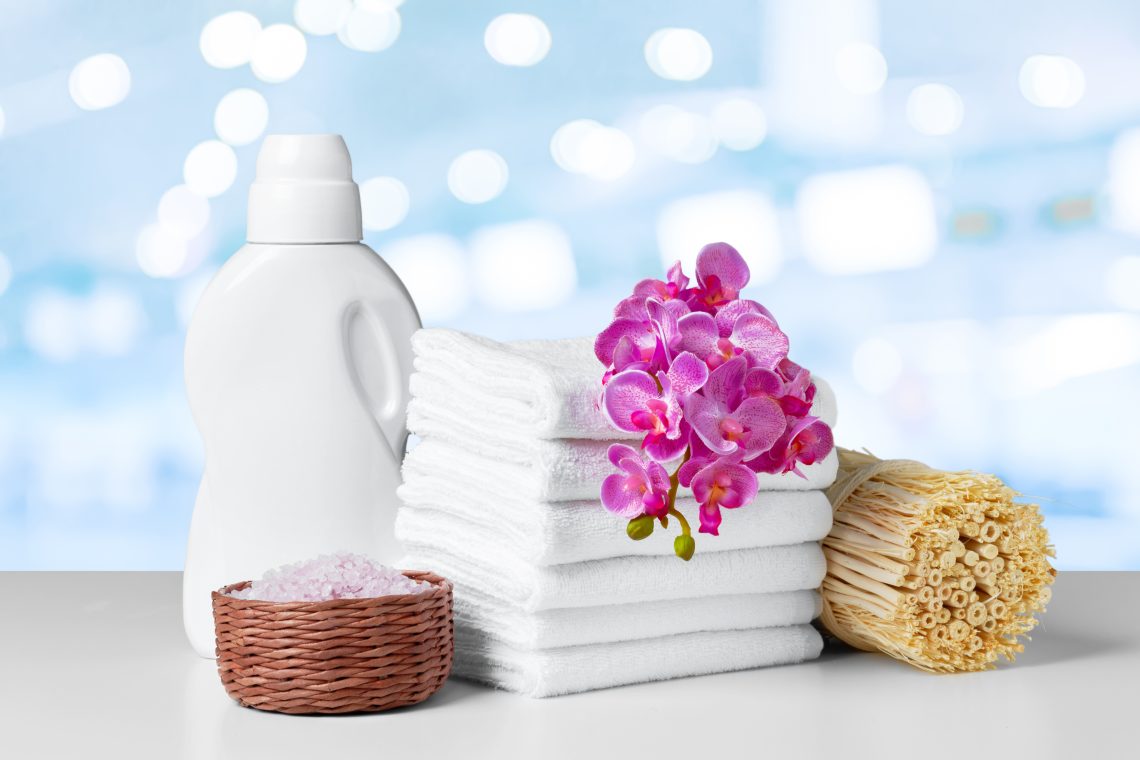
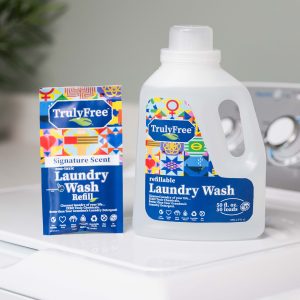
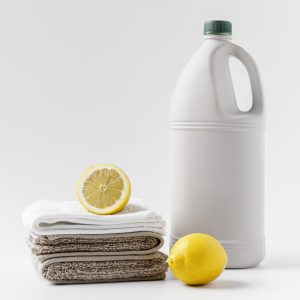
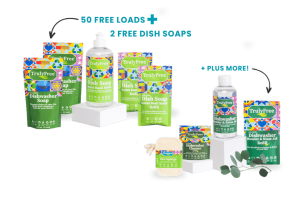
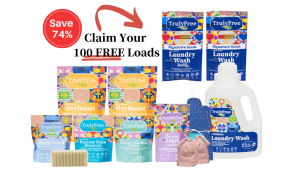



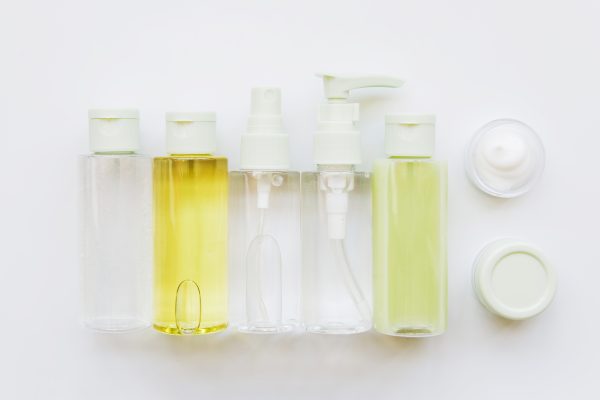
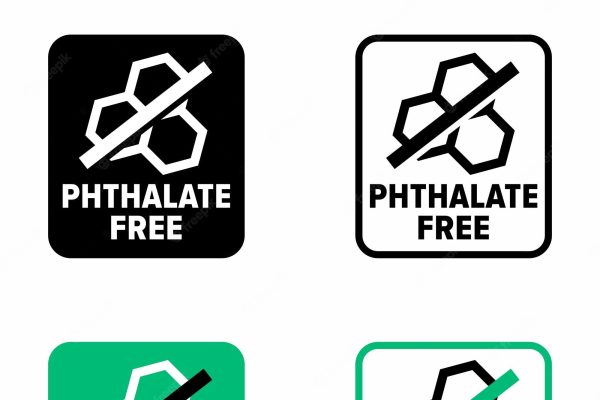
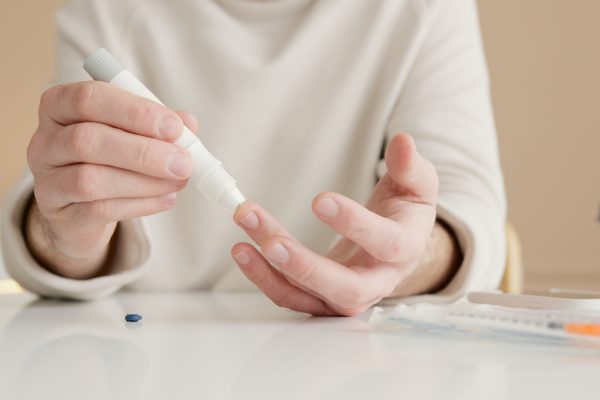
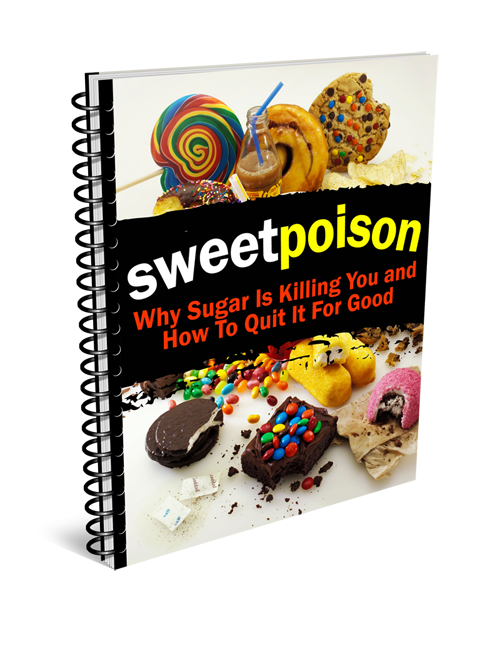
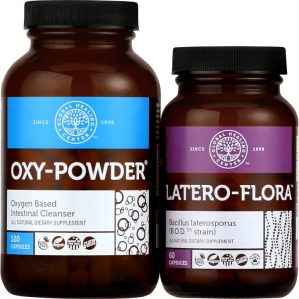

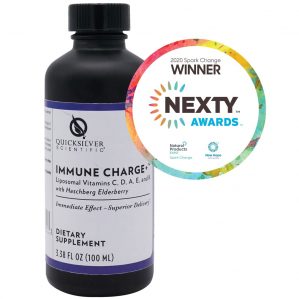
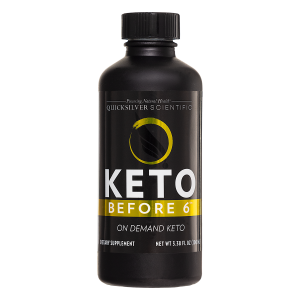
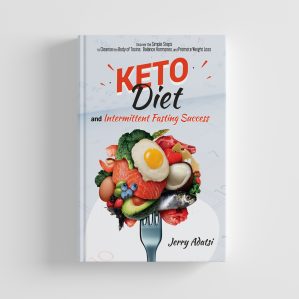



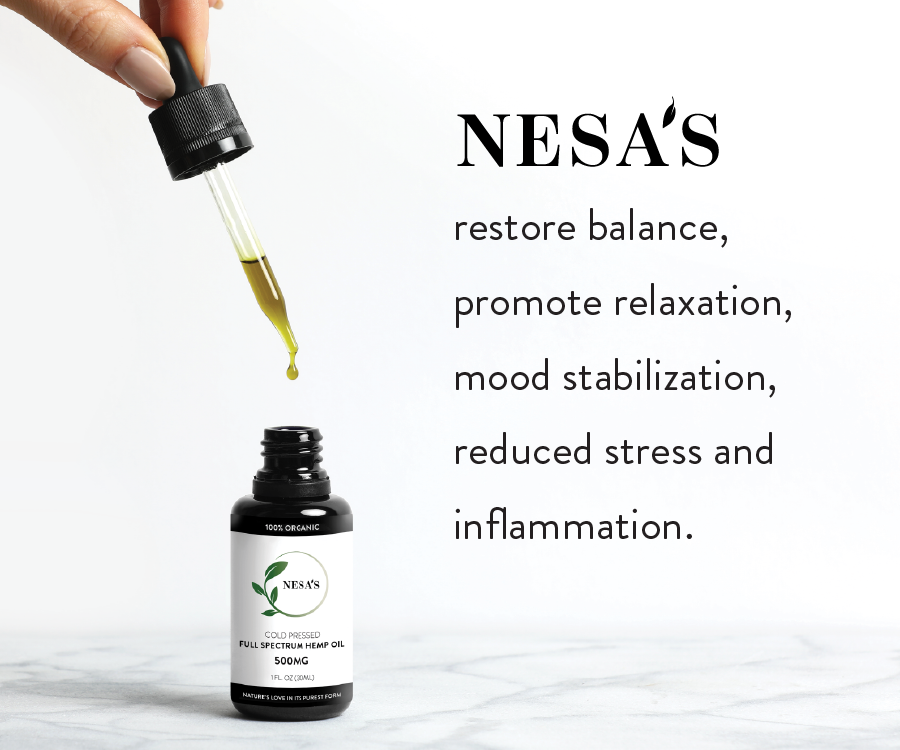
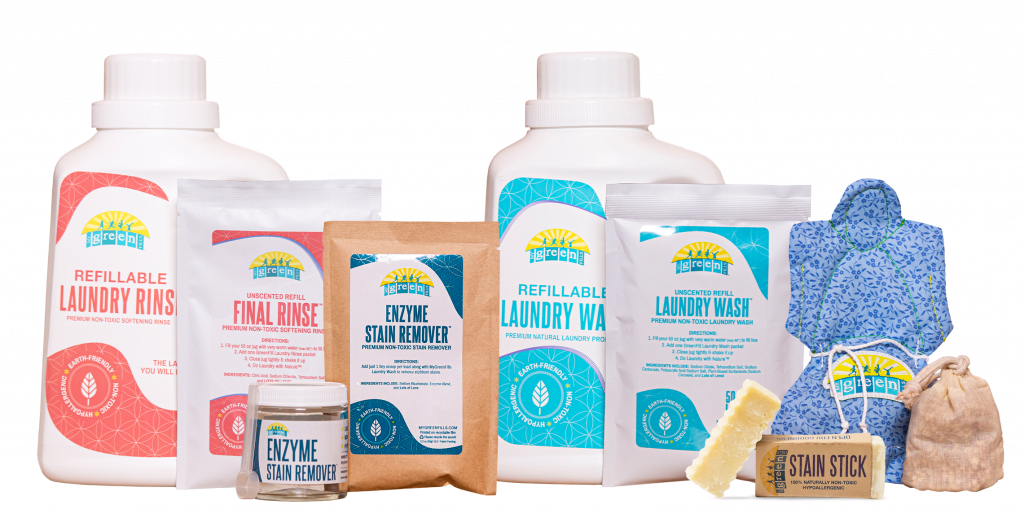
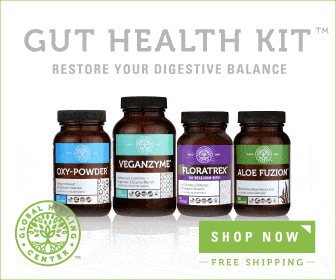





0 Comment